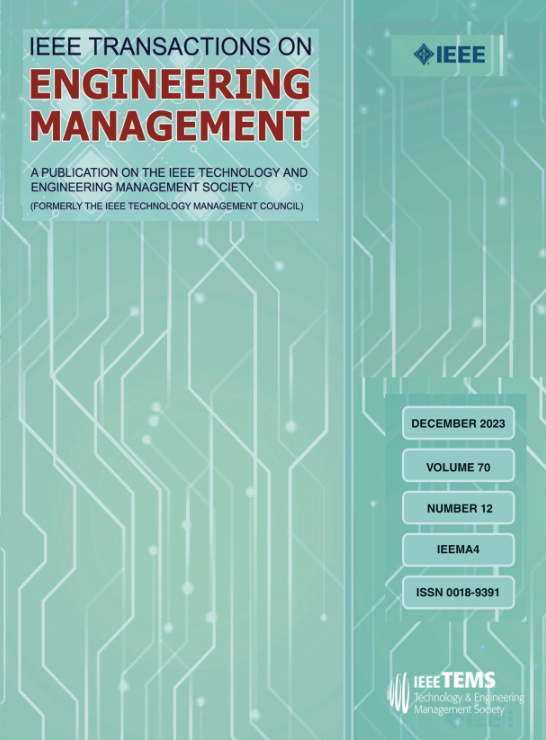Optimizing Blockchain-Enabled Sustainable Supply Chains
IF 4.6
3区 管理学
Q1 BUSINESS
引用次数: 0
Abstract
The increasing pressure on global supply chains to reduce carbon emissions has driven the need for sustainable supply chain network design (SSCND). This article proposes an innovative framework for SSCND that optimizes facility location and scale decisions under uncertainty using blockchain technology. By incorporating cap-and-trade regulations and carbon trading into a mixed-integer linear programming model, the article addresses both the economic and environmental objectives of supply chains. A two-stage stochastic programming approach is employed to optimize the SSCND. The first stage focuses on facility location decisions and the second stage on production adjustment, transportation, and carbon trading under demand uncertainty. The carbon trading decisions are integrated into the model by assigning a monetary value to carbon dioxide emissions and allowing for dynamic adjustments to real-time environmental impacts. A primal decomposition algorithm is introduced to address the computational challenges involved in solving the two-stage stochastic programming model. Numerical experiments based on data derived from SAIC Motor Corporation's supply chain demonstrate the effectiveness of the model and algorithm. This article provides an efficient approach for integrating environmental sustainability into supply chain management, offering valuable insights for industries aiming to achieve carbon neutrality求助全文
约1分钟内获得全文
求助全文
来源期刊

IEEE Transactions on Engineering Management
管理科学-工程:工业
CiteScore
10.30
自引率
19.00%
发文量
604
审稿时长
5.3 months
期刊介绍:
Management of technical functions such as research, development, and engineering in industry, government, university, and other settings. Emphasis is on studies carried on within an organization to help in decision making or policy formation for RD&E.
 求助内容:
求助内容: 应助结果提醒方式:
应助结果提醒方式:


